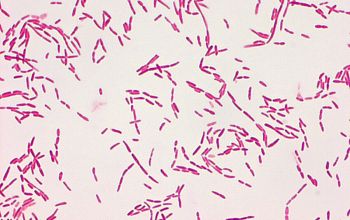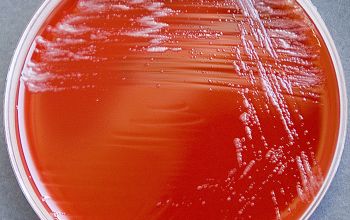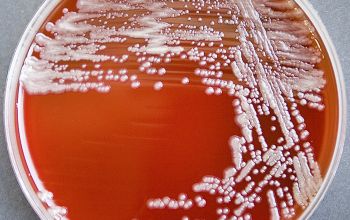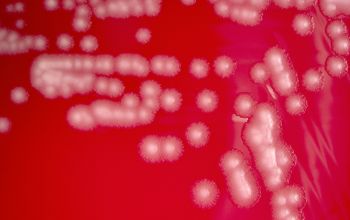Pseudomonas fluorescens
-
General information
General information
Its name come from the production of the soluble fluorescent pigment pyoverdin
Taxonomy
Family: Pseudomonadaceae
Natural habitat
Isolated from soil, plants, water surfaces, rarely from clinical samples.
Clinical significance
They are common course of food contamination.
In food, P. fluorescens is a common contaminant, especially since it actively enjoys lower temperatures like those found in fridges.
Dairy products are especially vulnerable to P. fluorescens contamination.
-
Gram stain
Gram-negative rods.
0.7-0.8 by 2.3-2.8 µm
they are usually thinner than Enterobacteriaceae
-
Culture characteristics
-
Obligate Aerobic
BA: they do not possess distinctive colony morphology and are non-hemolytic.
They do not smell and do not produce pyocyanine only pyoverdine.
McConkey: growth, non lactose fermenter
BBAØ: no growth
-
-
Characteristics
-
References
James Versalovic et al.(2011) Manual of Clinical Microbiology 10th Edition
Karen C. Carrol et al (2019) Manual of Clinical Microbiology, 12th Edition






